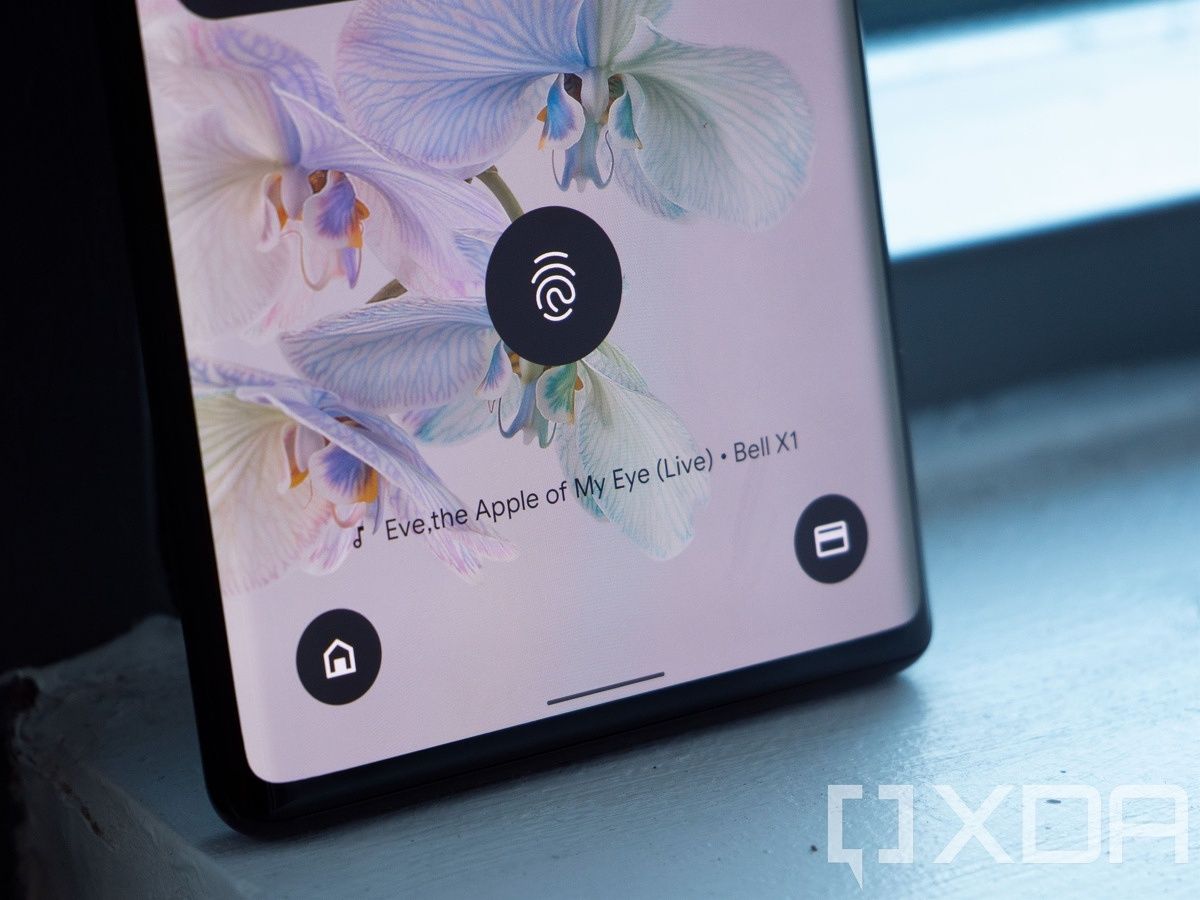Almost all flagships and upper-midrange phones nowadays come equipped with an in-display fingerprint reader. Google was the only major OEM that kept using the good old rear-mounted capacitive fingerprint scanner on its smartphones. But that finally changed with the Pixel 6 series, which comes with an in-display fingerprint scanner. However, over the past weeks, we have seen numerous user complaints that the fingerprint scanner on the Pixel 6/6 Pro is a bit slower and unreliable at times. Google has now shed some light on why the sensor may feel sluggish sometimes.
Google Pixel 6 Pro Review: Fantastic everyday phone with an undeniable Exynos inspiration
Responding to a tweet from a Pixel 6 user complaining about unreliable fingerprint scanner performance, Google revealed that the Pixel 6's fingerprint scanner uses advanced security algorithms, which sometimes can cause a delay or require more direct contact with the sensor.
Google didn't confirm whether it would roll out a software fix to address the sub-par performance of the fingerprint scanner. However, as we reported last week, there's an easy way to speed up the sluggish under-display scanner on your Pixel 6 and Pixel 6 Pro. All you need to do is head over to Settings > Display and toggle a setting called "Increase touch sensitivity." Many users have reported that enabling this setting definitely improved the fingerprint scanner. As Google explains on its Pixel 6 support page, the scanner may not work as expected in bright outdoor sunlight, when using unofficial screen protectors, or if the display has smudges.

Google Pixel 6
The Pixel 6 comes with an under-display fingerprint scanner, Google's new Tensor chip, a fresh design, and flagship cameras.
Earlier this month, Google released a fingerprint sensor calibration tool for the Pixel 6 series. The tool allows Pixel 6 owners to recalibrate the fingerprint scanner after a screen replacement.

